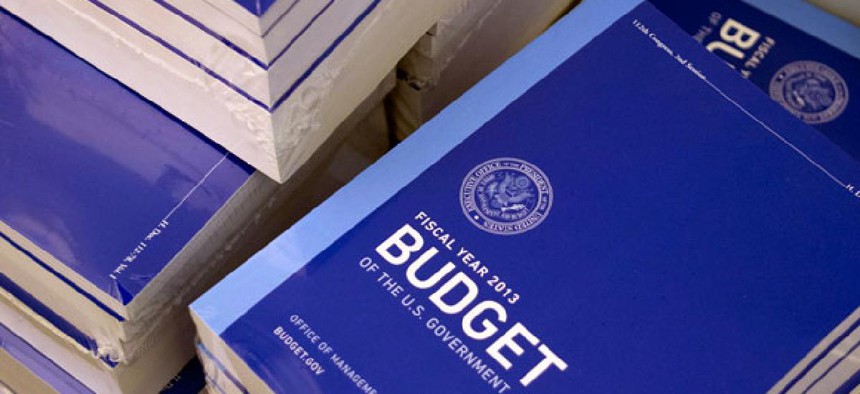
J. Scott Applewhite/AP
Agencies told to assume the worst in budget requests
Fiscal 2014 guidance directs them to prepare for 5 percent cuts.
The Obama administration still holds out hope of avoiding the across-the-board budget cuts required under the 2011 Budget Control Act, but it is nonetheless instructing federal agencies to begin preparing their fiscal 2014 budget requests assuming a 5 percent cut in discretionary spending.
Acting Budget Director Jeffrey Zients in a memo to agency heads on Friday said the coming spending plan will build on the Budget Control Act and the fiscal 2013 document’s framework, and hence “must continue to cut lower-priority spending in order to create room for the most effective investments in areas critical to economic growth and job creation, including education, innovation, infrastructure, and research and development.”
The directive also calls for a 10 percent cut in spending on information technology, unless an agency has worked out a previous arrangement with the Office of Management and Budget. During the spring and summer, Zients said, agencies should prepare guidance that reflects overall cuts of 5 percent in line with administration priorities. Plans should be accompanied by a ranked list of “add-backs” that could be reconsidered on their merits if funds become available.
Agency submissions should not, however, factor in cuts in mandatory spending, shifts of costs to other sections of the overall budget, reclassifications of existing discretionary spending to mandatory spending, or the enactment of new user fees.
Potential changes in mandatory spending could be offered as separate proposals to be weighed on their merits, according to the memo. “To the extent that any new proposals are not at least budget-neutral, “Zients wrote, “they should be accompanied by new savings proposals to cover their costs.” The memo also mentions a related directive to exploit evidence-based budgeting.
Craig Jennings, director of federal fiscal policy at the nonprofit OMB Watch, said, “By tying this memo to another memo on evidence-based decision-making, what the president is trying to do smartly is minimize the harm the cuts will do to served populations. By looking at the programs that are most effective and prioritizing them, the president is giving his best shot at making sure the federal government can do what it’s supposed to do.”
Thomas Schatz, president of the nonprofit Citizens Against Government Waste, called the 5 percent plan the minimum effort agencies should make. “It’s not enough to completely turn around all the excessive spending that has occurred over last four years,” he said, “but it’s at least an acknowledgment that spending can be reduced.” He said the first place the agencies should look should be what some estimate to be as much as $400 billion in duplication and overlap in programs that the Government Accountability Office has identified in two reports.







